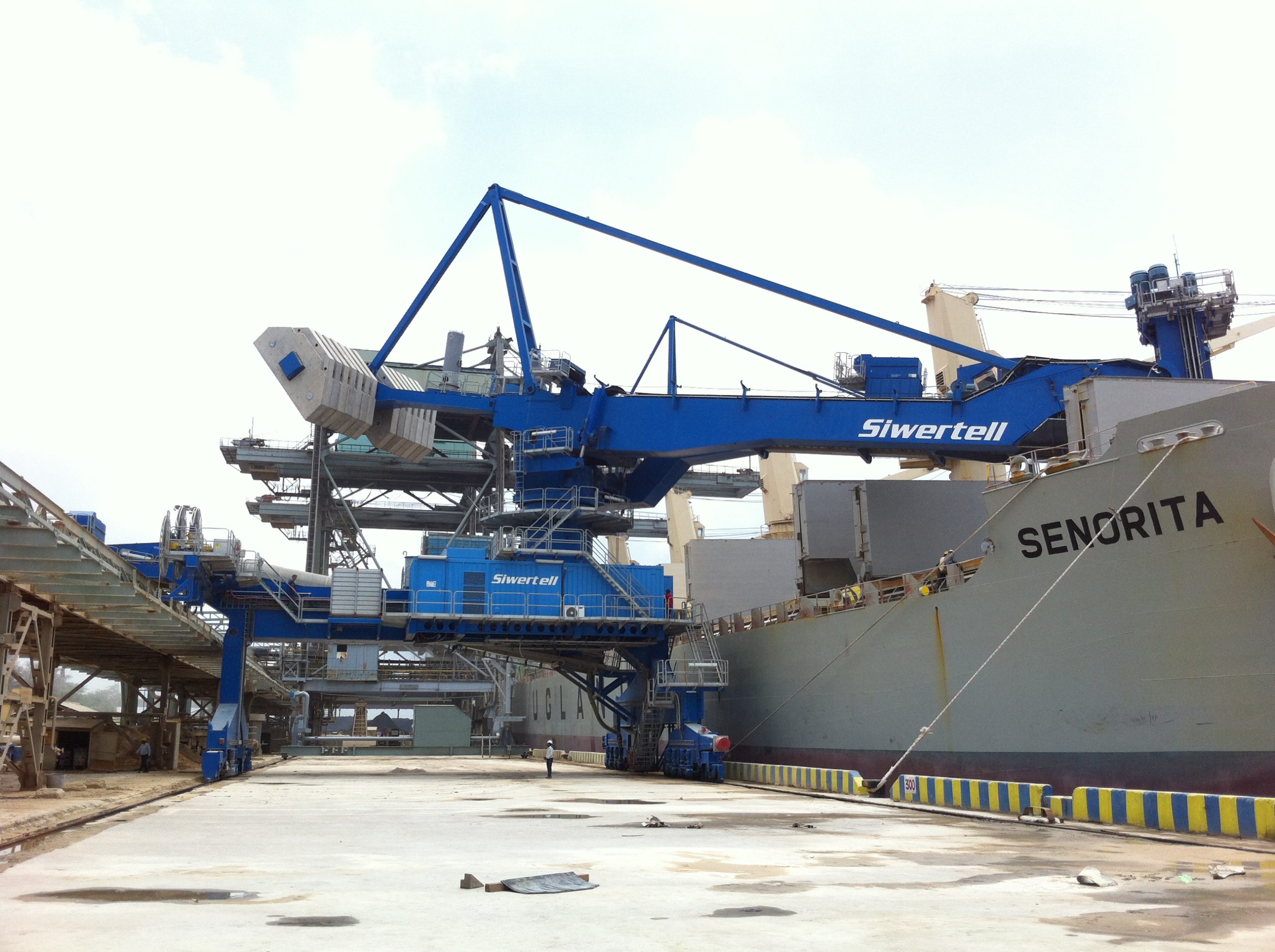Sulphur 418 May-Jun 2025

3 May 2025
Increased royalty rates not expected to affect nickel production
Indonesia is increasing the royalty rates that the government takes on metals mined within the country. The Indonesian government has proposed a tiered royalty structure on nickel ore sales, ranging between 14–19%, depending on the prevailing nickel price. This would replace the current flat rate of 10%. A 14% rate would apply when nickel prices are below $18,000 /t, increasing progressively to 19% for LME prices above $31,000/t. The royalty is calculated based on revenue from nickel ore sales.
Indonesia is the world’s largest producer of nickel, both in mined and refined forms. It is projected to account for 64% of global nickel output on a mined basis this year. The country manufactures a diverse range of nickel products, including nickel pig iron (NPI), matte, and mixed hydroxide precipitate (MHP). More recently, it has expanded into producing nickel cathode and nickel sulphate. However, NPI continues to dominate Indonesia’s nickel supply. CRU estimates that increasing the royalty rate to 14% could raise NPI production costs by approximately $190/t, assuming the added royalty expense is passed on through higher ore prices by miners. This is likely to further squeeze margins for NPI producers. However, this is unlikely to deter investment in the sector given most producers are competitive globally. Given the relatively small increase in costs, the outlook for the nickel market remains unchanged – CRU continues to expect a surplus this year with limited upside for prices.






